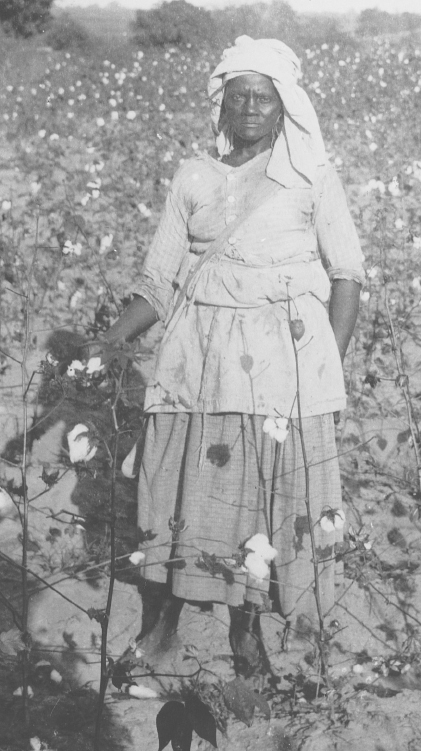What brought the elements of the South’s Republican coalition together?
Printed Page 471

NORTHERNERS BELIEVED they had discharged their responsibilities with the Reconstruction Acts and the amendments to the Constitution, but Southerners knew that the battle had just begun. Black suffrage established the foundation for the rise of the Republican Party in the South. Gathering together outsiders and outcasts, southern Republicans won elections, wrote new state constitutions, and formed new state governments.
Challenging the established class for political control was dangerous business. Equally dangerous were the confrontations that took place on southern farms and plantations, where blacks sought to give fuller meaning to their newly won legal and political equality. Freedom remained contested territory, and Southerners fought pitched battles with one another to determine the contours of their new world.
CHRONOLOGY
1866
- – Ku Klux Klan is founded.
1867
- – Southern African Americans gain voting rights under the Military Reconstruction Act.
- – Southern states hold elections for delegates to state conventions.
1875
- – One-half of South Carolina’s and Mississippi’s children, the majority black, attend school.
- – Sharecropping is the dominant labor system for rural southern blacks.